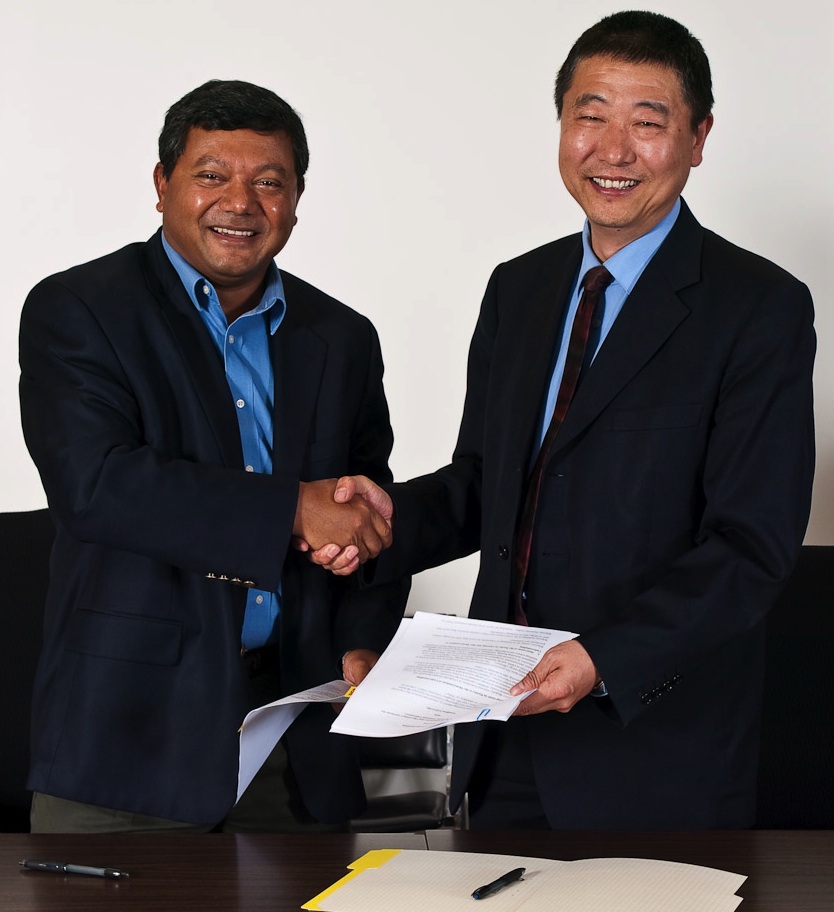Contact: Dan Krotz, [email protected] (510) 486-4019
Berkeley Lab and China’s Tsinghua University forged ties on Aug. 12 to promote the development and implementation of building energy efficiency, a move intended to reduce energy consumption and greenhouse gas emissions in the U.S and China.
A memorandum of understanding (MOU) was entered into between the University of California, which manages Berkeley Lab, and China’s Tsinghua University. The MOU was signed by Arun Majumdar, Division Director of Berkeley Lab’s Environmental Energy Technologies Division, and Jiang Yi of Tsinghua University’s Building Energy Research Center.
The MOU will strengthen and coordinate the efforts of Berkeley Lab and Tsinghua University scientists as they pursue energy efficiency gains in the building sector, which holds enormous potential for slashing energy consumption and greenhouse gas emissions.
Energy use in buildings is responsible for more than 35 percent of energy-related greenhouse gas emissions. And buildings in the U.S. and China consume more than 40 percent of the energy used by buildings worldwide. Adding to the urgency, China is undergoing a construction boom that represents approximately half of global construction, and the existing buildings in both countries are largely untapped in terms of energy efficiency gains.
The MOU will help both countries address these looming concerns.
“We know this MOU will lead to future work and success because we have worked together in the past,” says Mark Levine, who heads the Environmental Energy Technologies Division’s China Energy Group, which he created in 1988 to collaborate with Chinese organizations in furthering energy-efficiency policy in China.
“We are working with the best research group in China on building energy efficiency, and we are one of the leading groups here in the U.S,” Levine says. “The intensification of our collaboration, in the form of this MOU, will help both nations tremendously.”
Adds Jiang Yi, “China and the U.S. lead the world in terms of energy consumption, carbon emissions, and number of buildings. Improving the energy efficiency of our buildings will not only help our two nations, but also the entire world.”
Future collaborations facilitated by the MOU could include the development of international building energy policies and standards, energy data collection and analysis, building technology and system innovation, a comparison of energy use between Chinese and U.S. buildings, and joint planning for the development of a next-generation building energy simulation model.

The architects of strengthened energy efficiency collaborations between Berkeley Lab and Tsinghua University. From left: Ashok Gadgil (Berkeley Lab), Da Yan (Tsinghua University), Arun Majumdar (Berkeley Lab), Jiang Yi (Tsinghua University), Mark Levine (Berkeley Lab), and Fulin Wang (Tsinghua University). Photo: majedphoto.com
Additional information:
- Berkeley Lab’s China Energy Group
- Berkeley Lab’s Environmental Energy Technologies Division
- A Q&A with China energy efficiency expert Mark Levine
